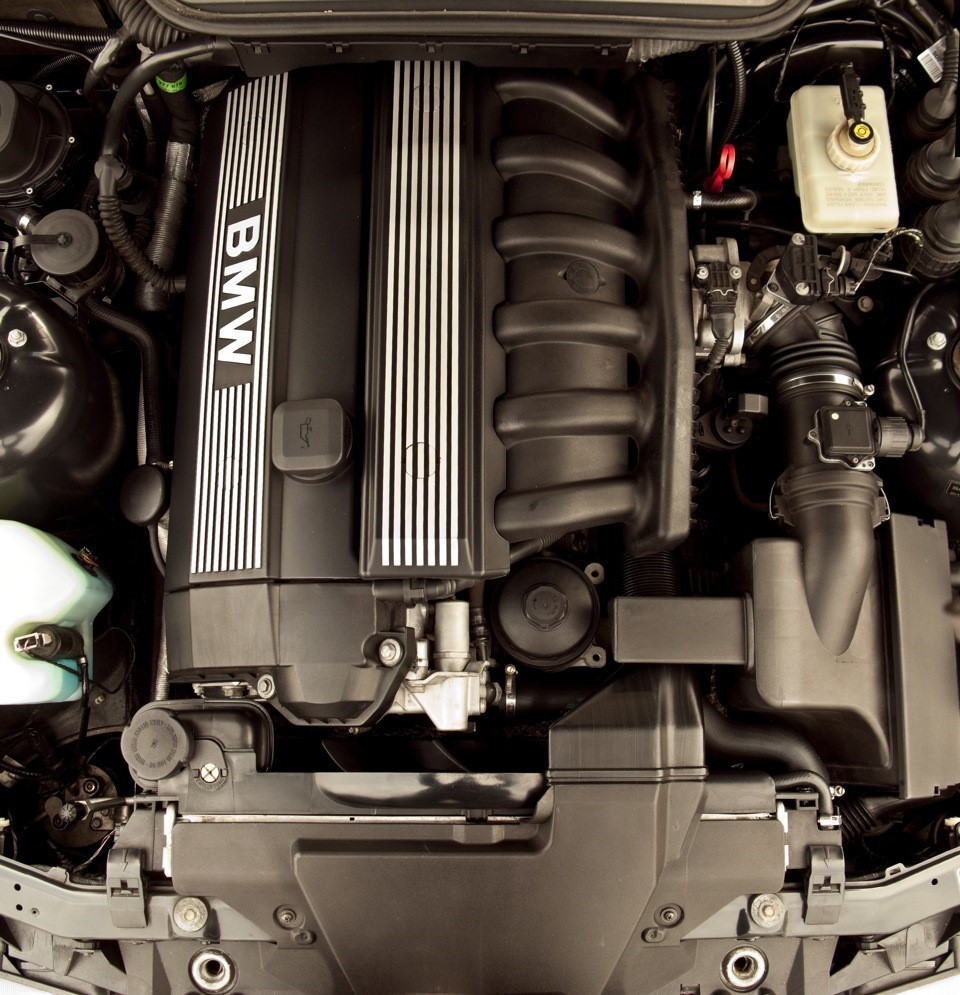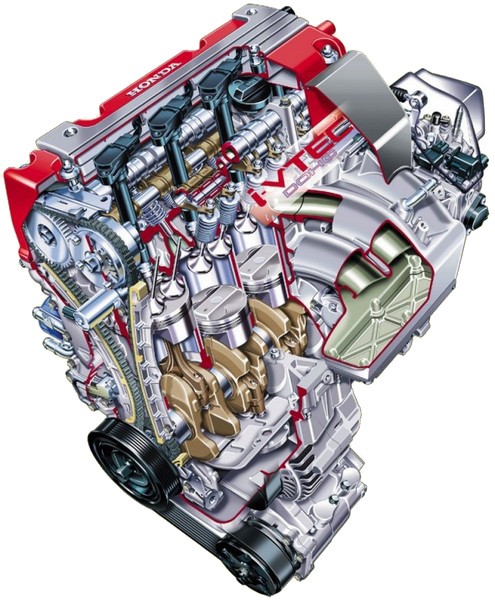
M52B25 engine from BMW - technical characteristics and operation of the unit
Content
The M52B25 engine was produced from 1994 to 2000. In 1998, several design changes were made, as a result of which the performance of the unit was improved. After the distribution of the M52B25 model was completed, it was replaced by the M54 version. The unit enjoyed recognition, and proof of this was a permanent place in the list of the 10 best engines of the reputable Ward's magazine - from 1997 to 2000. Introducing the most important information about the M52B25!
M52B25 engine - technical data
The production of this engine model was carried out by the Bavarian manufacturer Munich Plant in Munich. The M52B25 engine code was designed in a four-stroke design with six cylinders mounted in a straight line along the crankcase where all pistons are driven by a common crankshaft.
The exact displacement of a gasoline engine is 2 cm³. A fuel injection system was also chosen, the firing order of each cylinder was 494-1-5-3-6-2 and a compression ratio of 4:10,5. The total weight of the M1B52 engine is 25 kilograms. The M52B25 engine is also equipped with one VANOS system - Variable Camshaft Timing.
What car models used the engine?
The 2.5 liter engine was installed on the BMW 323i (E36), BMW 323ti (E36/5) and BMW 523i (E39/0) models. The unit was used by the concern from 1995 to 2000.
Construction method of the drive unit
The design of the motor is based on a cylinder block cast from an aluminum alloy, as well as cylinder liners coated with Nikasil. The Nikasil coating is a combination of silicon carbide on a nickel matrix, and the elements on which it is applied are more durable. As an interesting fact, this technology is also used in the creation of motors for F1 cars.
Cylinders and their design.
The cylinder head is made of aluminum alloy. Chain-driven twin camshafts and four valves per cylinder were also added. Notably, the head uses a cross-flow design for more power and efficiency.
The principle of its operation is that the intake air enters the combustion chamber from one side, and the exhaust gases exit from the other. Valve clearance is adjusted by self-adjusting hydraulic tappets. Due to this, the noise during the operation of the M52B25 engine does not have a high frequency. It also eliminates the need for regular valve adjustments.
Cylinder arrangement and piston type
The design of the unit is designed in such a way that the cylinders are exposed to the circulating coolant from all sides. In addition, the M52B25 engine has seven main bearings and a balanced cast iron crankshaft that rotates in split housing replaceable main bearings.
Other design features include the use of forged steel connecting rods with replaceable bearings that are split on the crankshaft side and heavy bushings next to the piston pin. The installed pistons have a triple ring with two upper rings that clean the oil, and the piston pins are fixed with circlips.
Drive operation
BMW M52 B25 engines enjoyed good user reviews. They rated them as reliable and economical. However, in the process of use, some problems arose, usually associated with typical operation.
These include failures of components of the auxiliary system of the power unit. This is a cooling system - including a water pump, as well as a radiator or expansion tank.
On the other hand, the internal parts were rated as exceptionally strong. These include valves, chains, stems, connecting rods and seals. They functioned steadily for over 200 years. km. mileage.
Taking into account all the aspects associated with the use of the M52B25 engine, we can say that it was an extremely successful power unit. Well-maintained examples are still available on the secondary market. However, before purchasing any of them, it is necessary to carefully check its technical condition.
